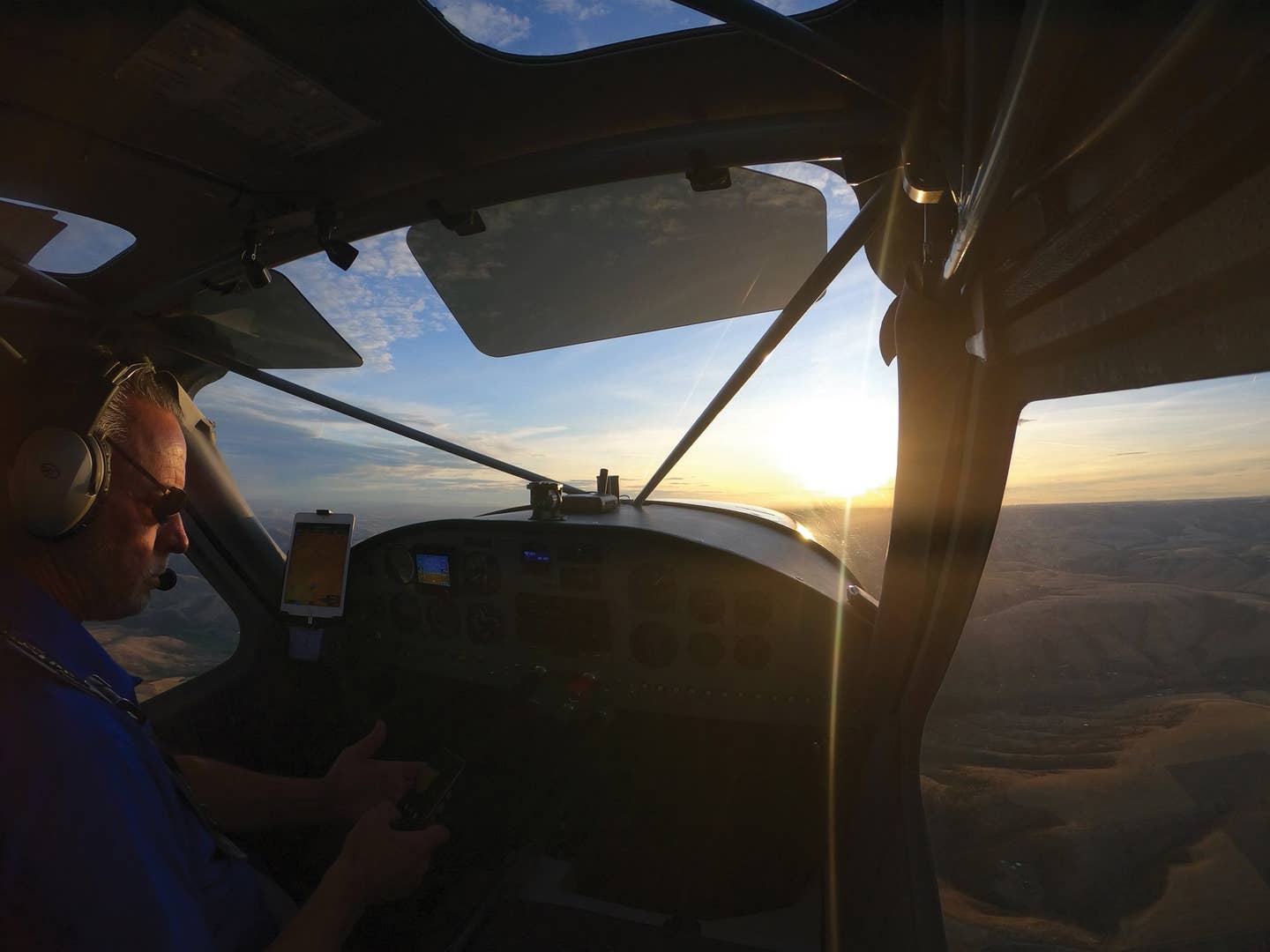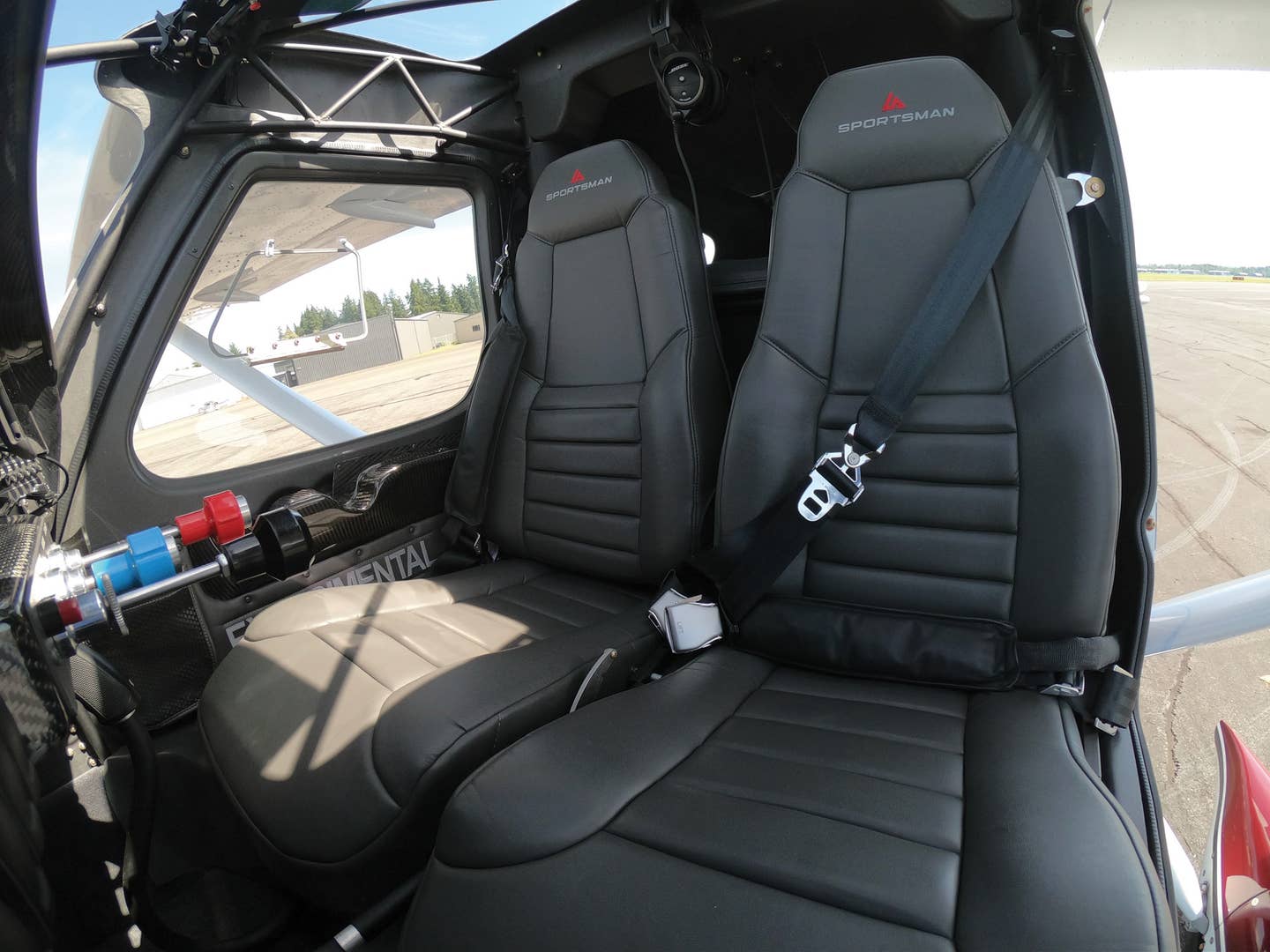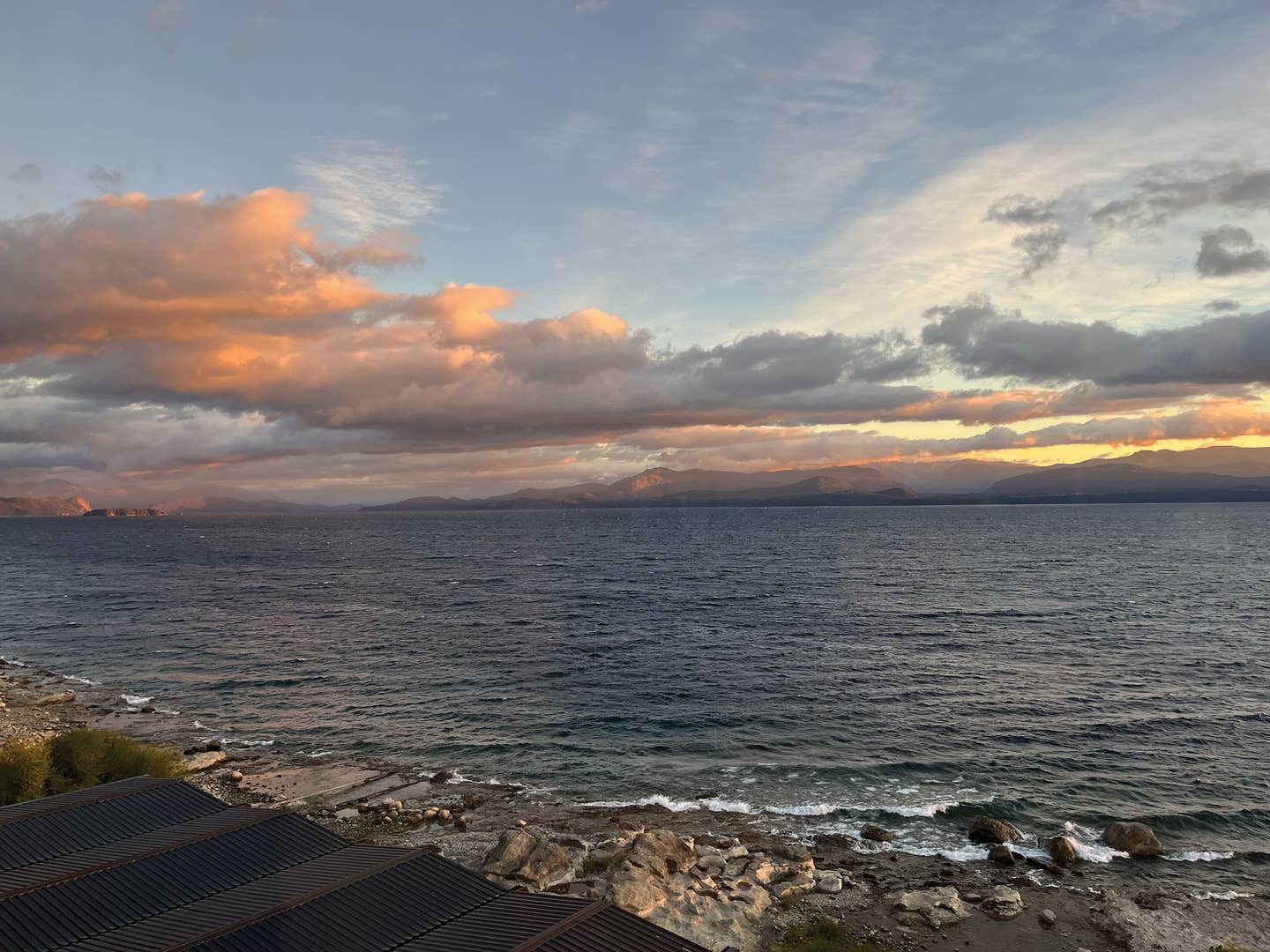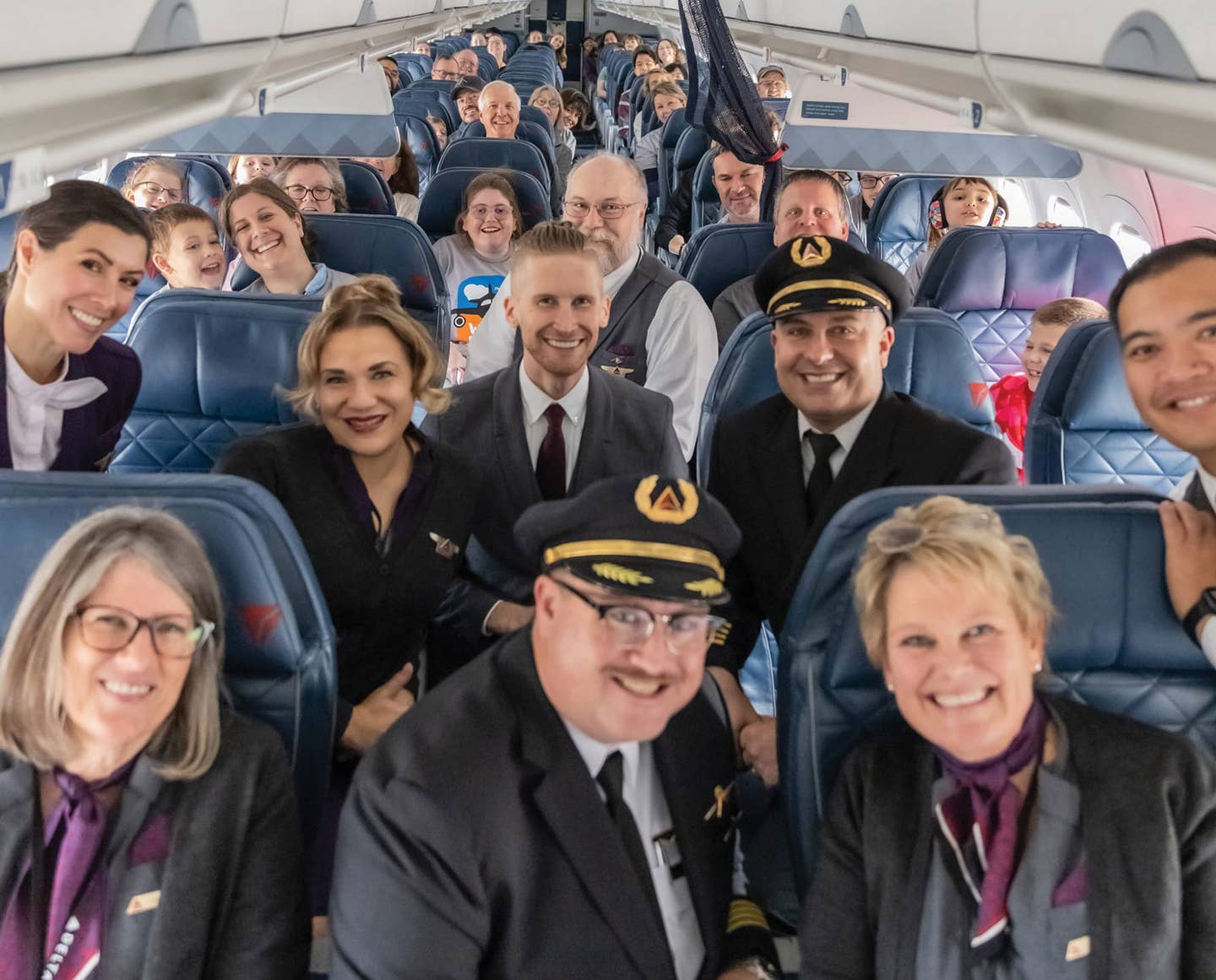When Push Comes to Shove
Mud flats of an Alaskan lake provide a sticky situation from which to learn.
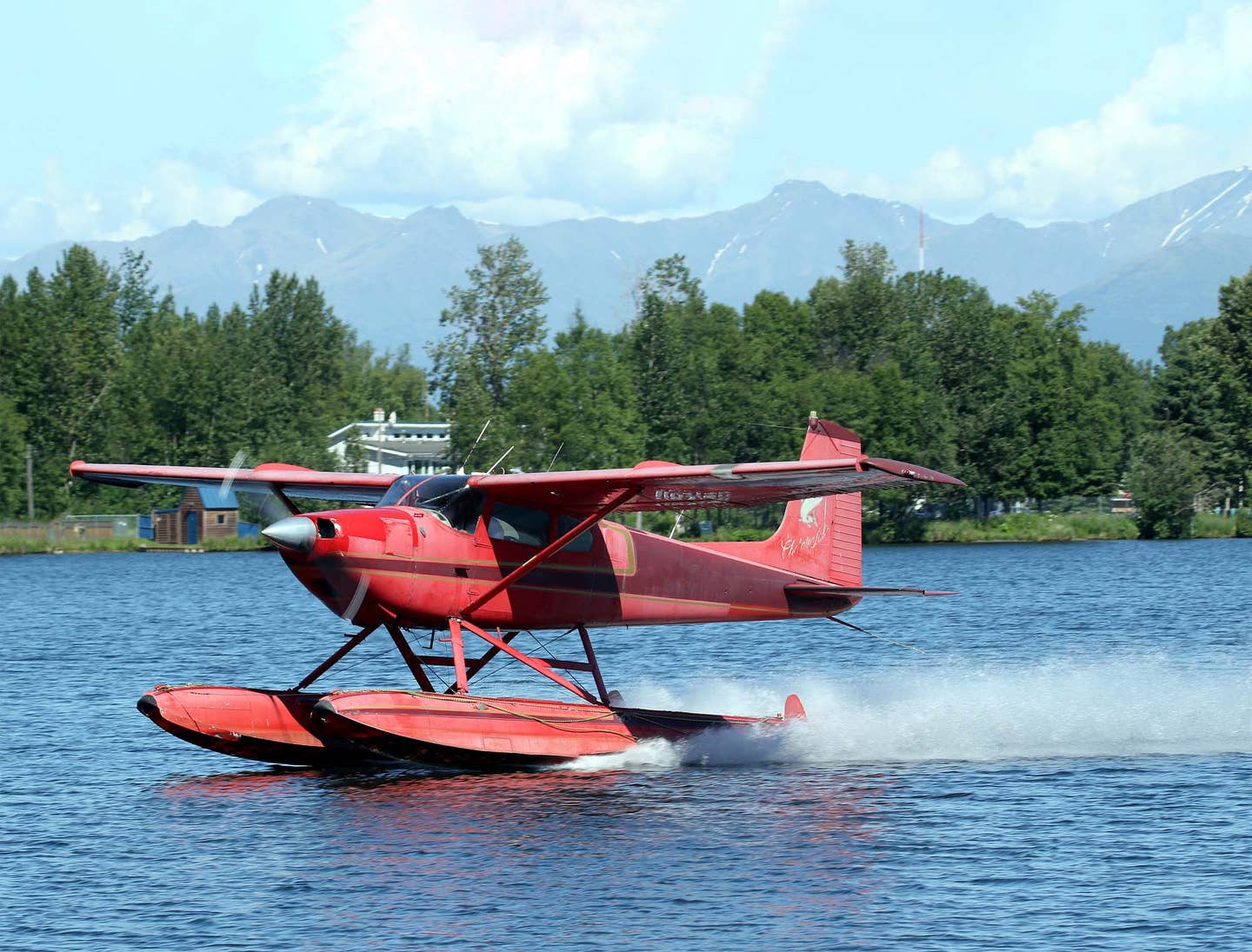
What do you mean, ‘We’re stuck?’
My buddy Chris looked at me like I’d suddenly decided to try some outrageous joke to start the day. I was standing in the shallow water beside my Cessna 182 amphibious floatplane, which had carried us into the majestic Alaskan backcountry and was now the source of my concern. As I waded through the muddy water, it was becoming obvious that the remote lake near Ketchikan had conspired with the lesser gods of fortune to ruin our day.
When I learned to fly floatplanes, it was all happy times and great fun on the lakes of central Texas. We would launch from the paved runway, retract the gear, and head out to one of the nearby waterways to practice takeoffs and landings. Our focus was on learning the necessary skills to safely operate the Piper Super Cub on the usually calm waters of the Highland Lakes. The biggest challenge seemed to be learning to dock the floatplane without damaging something.
Sometimes we would beach the airplane on a sandy shoreline for a brief period while we reviewed our maneuvers, grabbed a bite to eat, and simply enjoyed the experience. Most of the time, I would turn the floatplane setting the tails of the floats onto the shore in order to make our departure a simple matter of climbing in, starting the engine, and with a burst of throttle, sliding into the deeper water and going about our day.
In short, I was the poster child for ‘you don’t know what you don’t know.’
After a few years of teaching in the Super Cub, I felt confident that I had the necessary skills and knowledge to tackle the greater challenge of Alaska. I had even made a previous trip flying a friend’s floatplane around the Kenai Peninsula for a few days with no problems. I was building my hours and experience toward the next great adventure. In short, I was the poster child for “you don’t know what you don’t know.”
Chris had arrived from Austin, Texas, on the airline flight into Juneau a few days earlier. We loaded the gear and supplies we would need for a week of camping in one of the public-use cabins on Heckman Lake outside of Ketchikan. The flight into Heckman Lake had been spectacular, with towering mountains capped by misty clouds, surrounded by deep fjords filled with indigo water.
As we secured the floatplane to the beach—tying it off to nearby trees and then settling into the cabin—we spent a few days fishing, exploring, and watching the play of light on the granite cliffs across the way. It had been raining and cold for a few days prior to our arrival, but this fact did not register with me as it should have. The weather had cleared after our arrival, offering warmer temperatures and occasional sunshine, which is rare for this part of Alaska in summer.
To put it mildly, it is a very risky maneuver.
Heckman, like many of the freshwater lakes of southeast Alaska, is fed by rivers and streams that are subject to changing flows depending on rainfall. We explored and fished from one end to the other, including the outlet channel, where the lake emptied into the river below. It was interesting watching the rush of water leaving the lake, tumbling into whitewater over the rocks on the way to Jordan Lake before emptying into Naha Bay on the Behm Canal.
Although Heckman Lake is only about 15 miles from Ketchikan, it lies in true wilderness, with little or no human presence other than an occasional seaplane dropping in to fish or explore. One of the ongoing lessons of wilderness flying is to remember how quickly things can go from “everything is wonderful” to “we’re in real trouble.” Often, this is exacerbated by the fact that you are a long way from help when things go wrong.
Knowing this, smart pilots plan for contingencies as much as possible. Satellite phones and communication devices make it possible to reach out for help from almost anywhere. Survival gear, along with some basic training, is also part of the preparation. But some lessons are learned through experience, as we were about to find out.
If you talk to any floatplane pilot who flies in remote areas, it is a good bet that they will have lots of stories of mishaps and near disasters. A friend of mine had found himself stranded on an Alaska coastal mud flat in his Cessna 172 on straight floats when he forgot to check the tide tables. He had to drag out his tent and spend the night waiting for the next high tide to release him from his predicament. Even years later, a couple of his friends take great pleasure in sending him printed tide tables as a reminder.
Another friend sank a Cessna 185 floatplane in Beluga Lake near Homer when a seam opened up in one of the float chambers. Both occupants and airplane were rescued after a great deal of effort. The combination of poor weather and challenging terrain has led many a floatplane pilot to disaster.
Back to the shore of Heckman Lake. As Chris watched from the cabin porch, he noticed the Cessna seemed to be sitting farther out of the water than usual. He watched as I inspected the floats, attempting to rock the airplane fore and aft.
By now, you have probably figured out the problem. As the lake level dropped once the rain stopped, the floatplane was left sitting on the bottom rather than floating serenely against the shore. Although the fronts of the floats were still in the water, the back sections by the step were resting in the mud.
Knowing the lake would continue to drop as water continued to drain, I quickly began to consider options for trying to extricate ourselves from our predicament. Calling for Chris to join me, we tried to simply push the airplane off the mud bank into deeper water. We tried lifting the rear of the floats to increase the buoyancy offered by the larger front float chambers. Anyone watching this would have been maliciously entertained as the airplane simply resisted any effort to return it to deeper water
At this point, I’m wondering who we might contact for help. Perhaps someone would be willing to fly in with a few burly helpers who could help push, but given the falling lake level, I knew we didn’t have time to wait. We were both exhausted from our attempt to free the mud-bound floatplane, so we sat on the float deck and considered our next move.
We thought about trying to dig the mud away from the keels of the floats, but with no suitable tools and given the cold water, we rejected that idea. “Well,” I thought, “the only other thing would be to start the engine and see if I can drive the aircraft off the shore using its own power.”
While this seems like an obvious solution, it contains a subtle trap. If the aircraft comes unstuck with both floats releasing together, all will be wonderful. But, if one float lets go before the other, the airplane will quickly pivot around, potentially whacking the wing into the nearby trees before I could react. To put it mildly, it is a very risky maneuver.
Running out of time and ideas, I decided to give it a try. After starting the big Lycoming and allowing it to warm up, it was time to go for broke. I cautiously added power while rocking the elevator fore and aft, trying to break the suction of the mud against the floats. No movement. I reduced power and sat there for a few minutes before making another attempt. This time, I pushed the throttle all the way to the stop. The prop threw spray rearward as the airplane vibrated from the blast.
Suddenly, I felt a slight movement as the right float began to slide. The airplane began to torque to the left, and I was just about to pull the power to idle before the left wing hit the nearby tree when the left float let go, and we jumped forward into deeper water. Quickly dropping the water rudders, I reduced the throttle to idle, giddy with the release from our muddy prison. I circled back to the shore, nosed the floats into the shore and shut down the engine so we could inspect for any damage.
Luckily, the floats were undamaged, so we reversed the big Cessna and again put the tails on the beach. In short order, we loaded our gear and beat a hasty retreat back to Ketchikan.
That evening, as Chris and I replayed the events of the morning, we agreed that it had been a near disaster but instead had offered important lessons about understanding the environment, being humble and, when “push comes to shove,” sometimes it helps to be lucky.
Images: Adobe Stock

Subscribe to Our Newsletter
Get the latest Plane & Pilot Magazine stories delivered directly to your inbox

